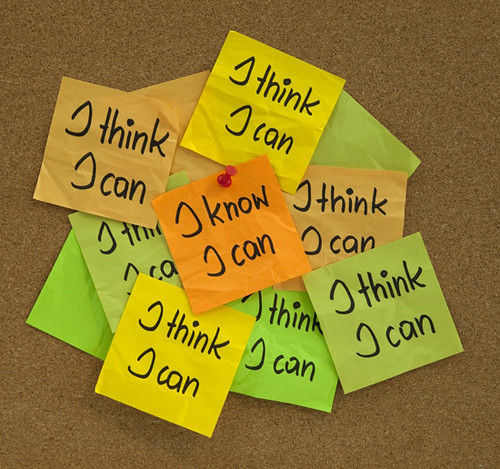 |
| Mary Kneiser Photo Credit: Google Images |
This syndrome is felt up to three days after an eccentric or lengthy exercise which the person is not normally used to engage in. Lowering weights and running downhill count as examples of eccentric exercise. Thus, DOMS is very common, and will most likely be experienced by people at least once or twice in their lifetime.
Tearing within one’s muscles is the typical cause for DOMS, and just how severe it is depends entirely on the length and intensity of the workout that caused it. DOMS is particularly expected within those who do a particular exercise for the first time.
 |
| Mary Kneiser Photo Credit: Google Images |
Dr. Mary Kneiser and other physiatrists believe that there is no specific cure for DOMS. They do, however, consider exercising the sore muscles as the most effective treatment. After all, muscles tend to become even sorer when exercise is stopped abruptly. While it is painful in the beginning, DOMS can actually increase a person’s endurance as well as strength in future workouts. Gentle stretching, a hot bath, and a massage are other effective treatments for DOMS.
 |
| Mary Kneiser Photo Credit: Google Images |
More information about Dr. Mary Kneiser can be accessed at AbilityAssessments.com.




























